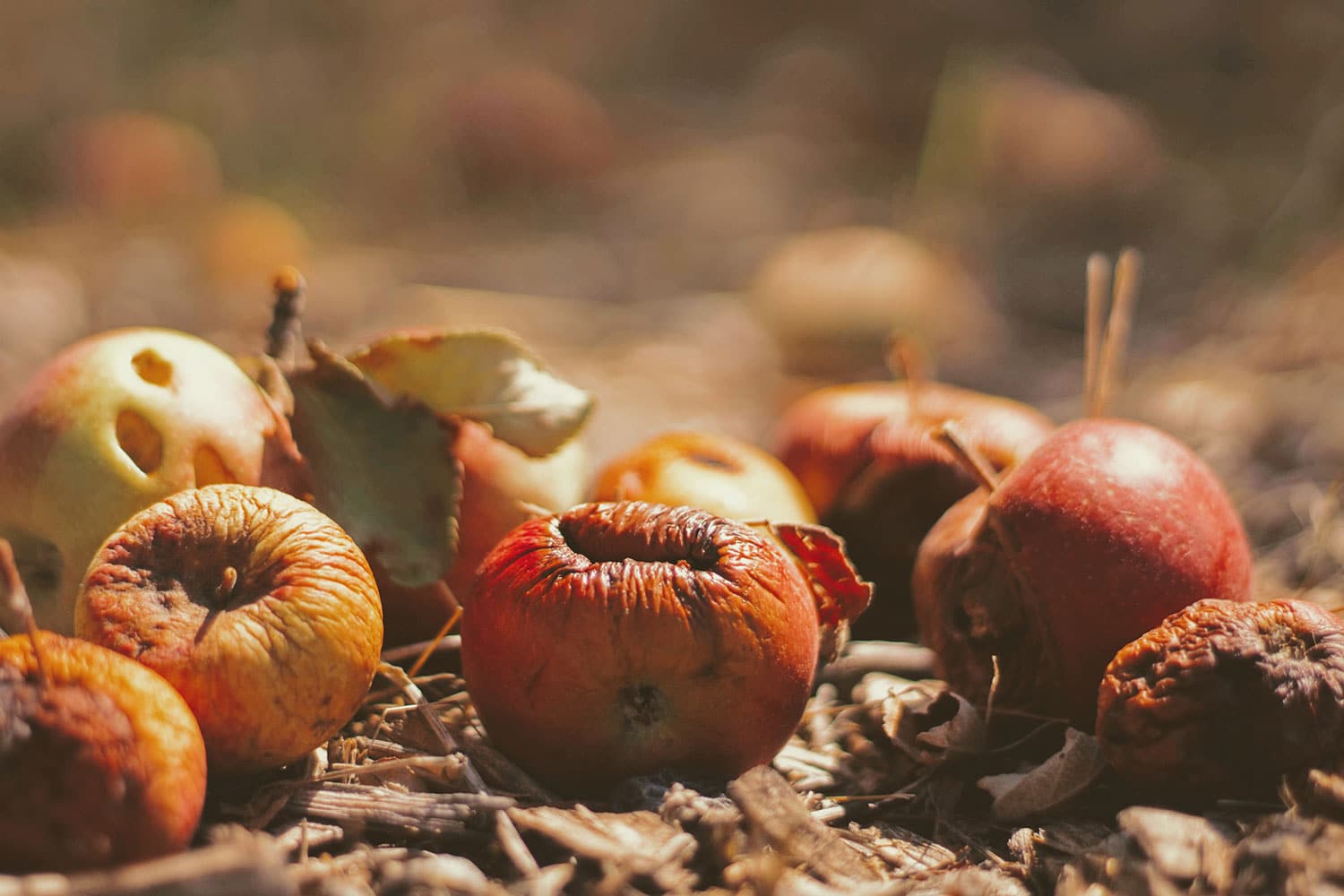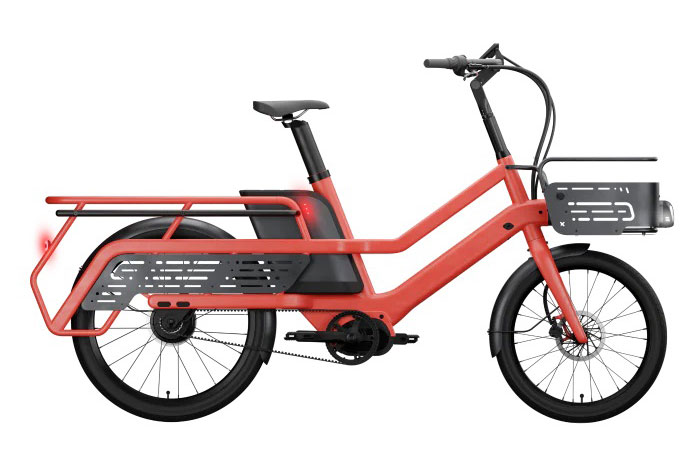
Food waste generation and its consequent environmental impacts are increasing due to rapid urbanization, the global population, and associated food demand. Microbial fuel cells (MFCs) are a sustainable technology through which this food waste can be treated and used to produce bioelectricity.
UBC Okanagan researchers are exploring the potential of using fruit waste, both solid and leachate, to power fuel cells.
While the energy extracted from food scraps is still less powerful compared to solar or wind power, researchers are working towards purifying and improving the energy output of discarded food, particularly fruit waste.
“Today, food waste is a sustainability challenge with detrimental environmental, economic, and social implications,” explains UBCO researcher Dr. Hirra Zafar. “Current waste treatment methods, such as landfills and incineration, are associated with a wide range of adverse environmental impacts, including acidic waste leachate, air pollution, methane production, and the release of harmful pollutants that result in environmental degradation and health risks.”
Dr. Zafar says that microbial fuel cells convert fruit waste into electrical energy using an anaerobic anode compartment. In this compartment, anaerobic microbes utilize organic matter to convert it into energy.
Researchers are using electroactive microbes to consume organic matter in the anode compartment and release electrons and protons. The electrons combine with protons and oxygen at the cathode to produce water, generating bioelectricity in the process. Different types of fruits provide different results when processed through a microbial fuel cell – mostly because of their individual biochemical characteristics.
“Carbohydrates are first degraded into soluble sugars and smaller molecules such as acetate, which is then consumed by electroactive bacteria to produce electricity in the process of electrogenesis,” she explains.
The team found that the new process worked more efficiently with the better output when the food waste was separated and ground into small particles before processing. While challenges remain in converting food waste into bioenergy on a commercial scale, Dr. Zafar says this study reinforces the great possibilities of microbial fuel cells. And turning waste into green and renewable energy serves a dual environmental purpose.
“Microbial fuel cells are really at their developmental stage, and they have so much potential,” she adds. “At this point, the voltage remains low, but I am excited to investigate how to improve their power output and apply these practices on a commercial scale.”
Journal reference:
- Hirra Zafar, Nicolas Peleato, Deborah Roberts. A comparison of reactor configuration using a fruit waste fed two-stage anaerobic up-flow leachate reactor microbial fuel cell and a single-stage microbial fuel cell. Bioresource Technology, 2023; DOI: 10.1016/j.biortech.2023.128778
Engineers try to squeeze energy from fruit waste
Source: Tambay News






0 Comments